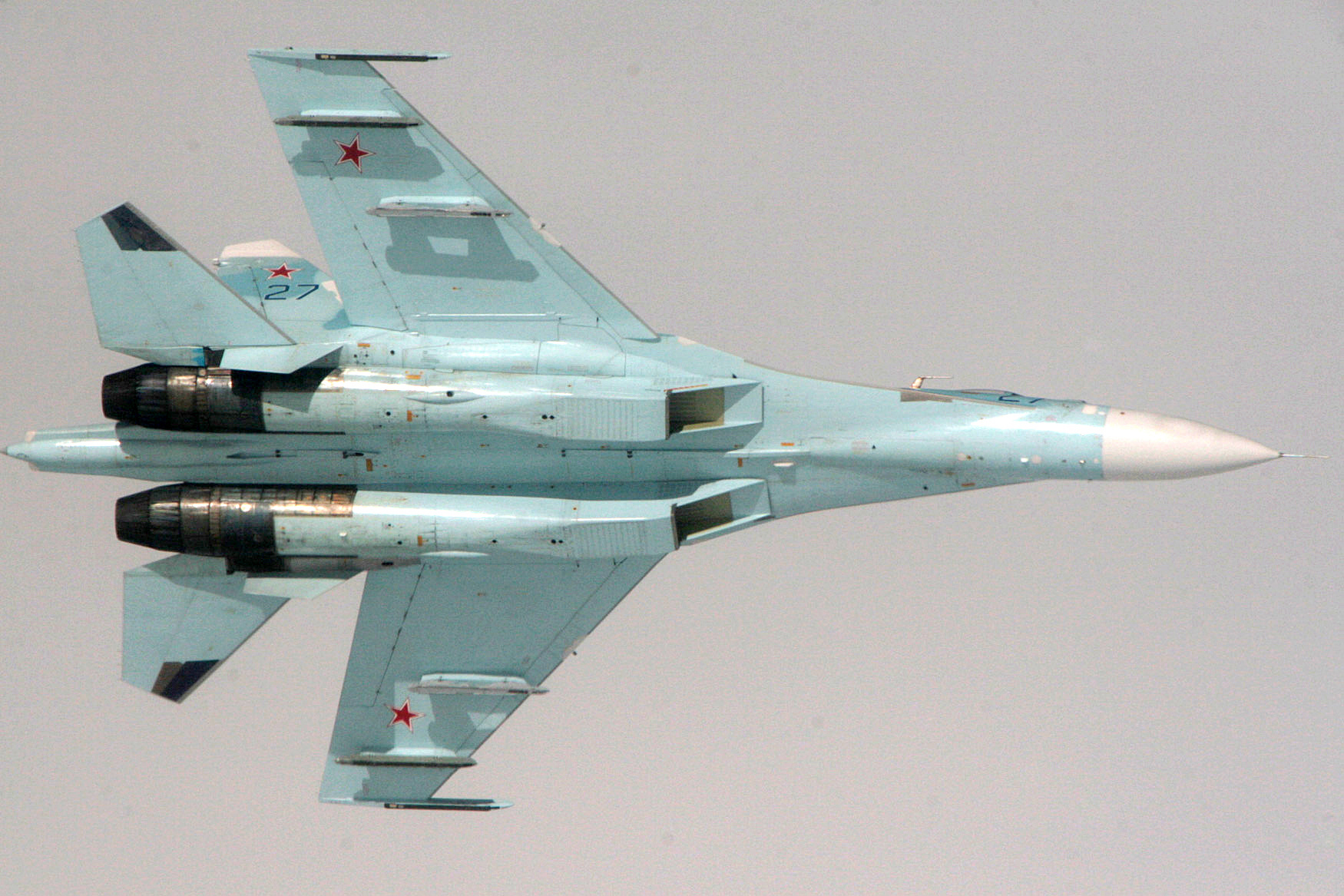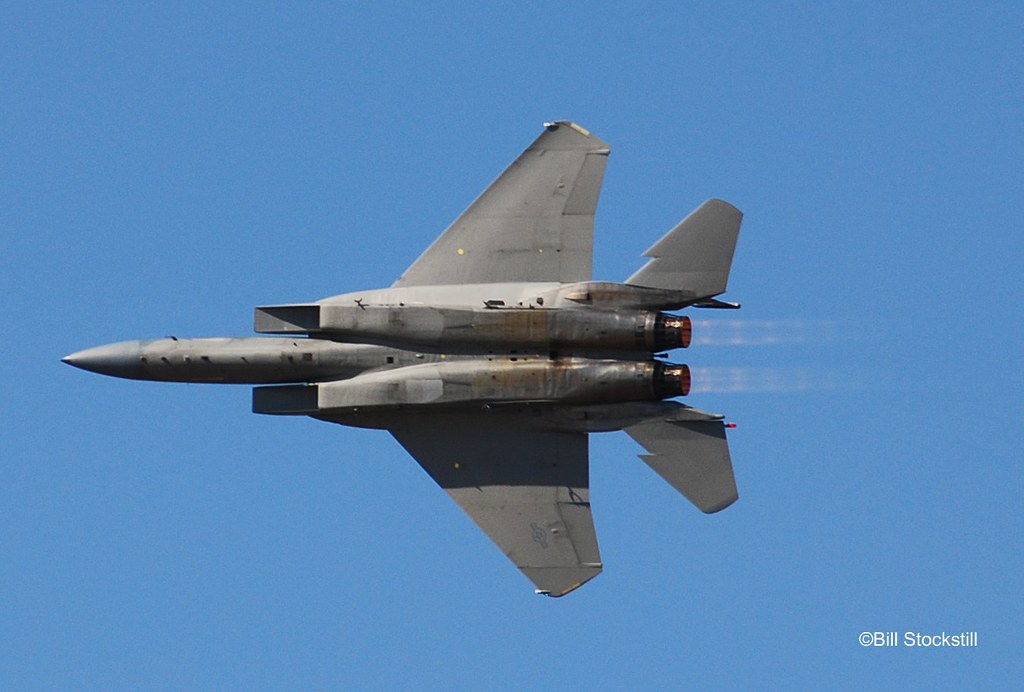Suggestions to rename and merge this tread with this one:
https://www.russiadefence.net/t4824-su-47-berkut-and-mig-1-44
 Re: Chengdu J-20 Stealth Fighter
Re: Chengdu J-20 Stealth FighterHole and Backman like this post
 Re: Chengdu J-20 Stealth Fighter
Re: Chengdu J-20 Stealth FighterChina has long relied on Russian imports to power its jet aircraft. Now a Chinese bid for a Ukrainian engine maker could change that – with dire results for US air superiority.
By REUBEN JOHNSON
on March 09, 2021 at 10:25 AM
KIEV: Washington and Kiev are trying to block the Chinese takeover of a jet-engine maker little known outside Ukraine, Motor Sich. If the sale goes through, it will let China obtain a key defence technology that has eluded them for decades, in one of the few remaining disciplines where the US and its allies retain a competitive advantage.
For decades, the Achilles’ Heel of Chinese airpower has been Beijing’s perennial inability to design and build reliable military jet aeroengines. For most of the years that the People’s Liberation Army (PLA) has been engaged in its current modernisation drive, they have had to rely on aeroengine technology – as well as the off-the-shelf engines themselves – imported from Russia.
Lately, however, PLA have been trying to break this cycle of dependence by taking over an aeroengine firm here in Ukraine, the Motor Sich engine production association.
Based in Zaparozhiye, Ukraine, Motor Sich is one of the largest aeroengine enterprises left over from the former USSR, and today they are probably the only one that could design and build a new engine front-to-back on their own. The other major aeroengine firms – all of which are in Russia – have lost so many personnel over the years that every new Russian engine programme ends up being a cooperative effort between three or more design bureaux.
That effort has been blocked by both the US and Ukrainian governments – the US in an effort to keep Beijing from solving its aeroengine technology deficiency and Ukraine acting in order to not lose a strategically important enterprise.
The US Government points out that Beijing Skyrizon, the Chinese entity trying to take over Motor Sich, is not a private firm but an extension of the PLA’s military-industrial empire. US and Ukrainian officials both assert that PLA planners want the Ukrainian company as their traditional Russian suppliers have no commercial or national interest in providing the Chinese with the technical know-how that would give them the autonomy they seek.
Western intelligence officials tell Breaking Defense, “this issue is being watched very closely by all the major allied nations. It is none of our interests for the PLA to plug this rather significant gap in their defence industrial sector.”
Getting cutting edge jet engines has been a painful problem for Beijing for at least a decade. In January 2011 – following weeks of speculation and dozens of leaked photos posted on the internet – the PLA Air Force flew their fifth-generation Chengdu J-20 fighter aircraft for the first time from the Aircraft Plant No. 132 aerodrome that is co-located with the aircraft firm’s design office.
The flight also took place during an official visit to Beijing by then-US SecDef Robert Gates. That was interpreted as a high-profile attempt to both embarrass the Pentagon chief as well as announce the PRC’s joining the “club” of nations that build state-of-the-art fighter designs.
But the real and unseen embarrassment was for the Chinese. Namely, the fact that the aircraft flew with two Russian-made Salyut/Lyulka AL-31F jet engines – the same powerplant installed in the PLAAF and PLAN Su-27/30 models and also in another Chengdu product, the J-10. In other words, 1980s, 3rd-generation propulsion technology was being utilised to power a 21st century, 5th -generation aeroplane.
Earlier this month, one of the more reputable Russian military affairs news sites published an analysis of the failures of the Chinese to develop the WS-15 Emei engine that was originally intended to power the J-20. The engine was to have been displayed at the 2018 Air Show China in Zhuhai, Guangdong Province, but was deleted from the exhibition due to successive problems with reliability – including one prototype reportedly exploding up on a test stand.
Russian sources report the WS-15 experiences “a sharp drop in thrust when the temperature of the turbine section approaches the maximum operating parameters. The engine experiences this fall-off when the temperature exceeds 1350 degrees Celsius with this drop in initial versions of the engine reaching as high as a 25 per cent.” A catastrophic performance flaw for a pilot in the middle of a fight.
The Chinese design team has reportedly tried different alloys for blades used in the engine’s hot sections, but have managed to reduce the drop in thrust to only 18 per cent, which is still unacceptable. The same Russian sources also state that when the afterburner is engaged fuel accumulates in the engine and does not ignite properly. (This assertion appears to be confirmed by a long-range photo taken of a J-20 on the ground at Chengdu dumping fuel from the exhaust nozzle section.)
The PLAAF, having run out of options to utilise an indigenous engine, are now exploring possibilities to purchase some of the Russian-made Izdeliye-30 engines. This design is in flight test now with the Sukhoi Su-57 5th-generation fighter programme and a Chinese team has reportedly been promised a demonstration of this new Russian design.
“This is [historically] how Chinese engine technologies are forged,” reads the Russian report. But if they can take over Ukraine’s Motor Sich, the Chinese may get the forge of their own that they’ve sought for years.
 Re: Chengdu J-20 Stealth Fighter
Re: Chengdu J-20 Stealth FighterFinty wrote:China has long relied on Russian imports to power its jet aircraft. Now a Chinese bid for a Ukrainian engine maker could change that – with dire results for US air superiority....

Finty wrote:If the sale goes through, it will let China obtain a key defence technology that has eluded them for decades...
Finty wrote:...The PLAAF, having run out of options to utilise an indigenous engine, are now exploring possibilities to purchase some of the Russian-made Izdeliye-30 engines....
GarryB, miketheterrible and Backman like this post
 Re: Chengdu J-20 Stealth Fighter
Re: Chengdu J-20 Stealth Fighter
 Re: Chengdu J-20 Stealth Fighter
Re: Chengdu J-20 Stealth FighterFinty likes this post

 Re: Chengdu J-20 Stealth Fighter
Re: Chengdu J-20 Stealth FighterChina will cease using the Russian engine currently fitted on China's new generation J-20 stealth fighter jet, replacing it with an upgraded home-grown engine.
A military insider told the South China Morning Post Chinese aircraft engineers found their domestically built WS-10C, the modified version of the WS-10 engine, to be as good as the Russian AL-31F engines.
Finty likes this post
 Re: Chengdu J-20 Stealth Fighter
Re: Chengdu J-20 Stealth Fighterwalle83 wrote:The WS-10C jet engine is still an option for the J-20 it seems. Already in mass production for the J-11 and J-16 series it could replace the russian AL-31F that currently has been used on the J-20.
https://www.businessinsider.com/china-modifies-j20-stealth-fighter-engine-to-match-us-f22-2021-1?r=US&IR=T
China will cease using the Russian engine currently fitted on China's new generation J-20 stealth fighter jet, replacing it with an upgraded home-grown engine.
A military insider told the South China Morning Post Chinese aircraft engineers found their domestically built WS-10C, the modified version of the WS-10 engine, to be as good as the Russian AL-31F engines.
 Re: Chengdu J-20 Stealth Fighter
Re: Chengdu J-20 Stealth Fighter Re: Chengdu J-20 Stealth Fighter
Re: Chengdu J-20 Stealth Fighter
 Re: Chengdu J-20 Stealth Fighter
Re: Chengdu J-20 Stealth FighterGarryB wrote:I quite like it... it is like a stealthy Draken with canards added...
Finty likes this post
Backman dislikes this post
 Re: Chengdu J-20 Stealth Fighter
Re: Chengdu J-20 Stealth Fighter Re: Chengdu J-20 Stealth Fighter
Re: Chengdu J-20 Stealth Fighter
 Re: Chengdu J-20 Stealth Fighter
Re: Chengdu J-20 Stealth FighterHole wrote:Not with this gigantic canards. And from the angle on this pics it looks like a turtle stretching her head out of the shell.

 Re: Chengdu J-20 Stealth Fighter
Re: Chengdu J-20 Stealth Fighter Re: Chengdu J-20 Stealth Fighter
Re: Chengdu J-20 Stealth Fighterwalle83 wrote:Just for some visual compare.

 Re: Chengdu J-20 Stealth Fighter
Re: Chengdu J-20 Stealth FighterFinty wrote:walle83 wrote:Just for some visual compare.
Lookswise, I'd take the 57 any day.
 Re: Chengdu J-20 Stealth Fighter
Re: Chengdu J-20 Stealth Fighterwalle83 wrote:Hole wrote:Not with this gigantic canards. And from the angle on this pics it looks like a turtle stretching her head out of the shell.
The cancards is a problem, the aircraft has a "looking good only from some angles"'-issue.
A bulkier shape does not mean its less stealthy, look at the ugly goose Boeing X-32. Some parts looks more advanced than on the Pak-fa that uses alot from the Flanker family. The engines and air intakes is not exactly ultra stealthy on it.
 Re: Chengdu J-20 Stealth Fighter
Re: Chengdu J-20 Stealth Fighterwalle83 wrote:Finty wrote:walle83 wrote:Just for some visual compare.
Lookswise, I'd take the 57 any day.
And stealthwise?

 Re: Chengdu J-20 Stealth Fighter
Re: Chengdu J-20 Stealth FighterBackman wrote:walle83 wrote:Finty wrote:walle83 wrote:Just for some visual compare.
Lookswise, I'd take the 57 any day.
And stealthwise?
Su 57 everyday and twice on Sunday. The main reason that the YF-23 had better all aspect stealth than the F-22 was its flat blend wing shape. Which is exactly what the su 57 is.

 Re: Chengdu J-20 Stealth Fighter
Re: Chengdu J-20 Stealth FighterBackman wrote:walle83 wrote:Hole wrote:Not with this gigantic canards. And from the angle on this pics it looks like a turtle stretching her head out of the shell.
The cancards is a problem, the aircraft has a "looking good only from some angles"'-issue.
A bulkier shape does not mean its less stealthy, look at the ugly goose Boeing X-32. Some parts looks more advanced than on the Pak-fa that uses alot from the Flanker family. The engines and air intakes is not exactly ultra stealthy on it.
Of course the bulkier shape means it's less stealthy. How could it not. The su 57 intakes are planform aligned exactly like the F-22's are
 Re: Chengdu J-20 Stealth Fighter
Re: Chengdu J-20 Stealth Fighter
Hole likes this post

 Re: Chengdu J-20 Stealth Fighter
Re: Chengdu J-20 Stealth FighterBackman wrote:We can do this all day. I just don't know how someone could declare that the J-20 is "more stealth" than the su 57 and expect people to agree with them. Especially with those pictures. The su 57 is simply a cleaner design. Its basically a flying wing. The rear cowling on top is less round than the J-20 and underneath, it is no more round than the F-35.


 Re: Chengdu J-20 Stealth Fighter
Re: Chengdu J-20 Stealth Fighter

 Re: Chengdu J-20 Stealth Fighter
Re: Chengdu J-20 Stealth FighterLets hope its a bit more modern than a 1950s Draken